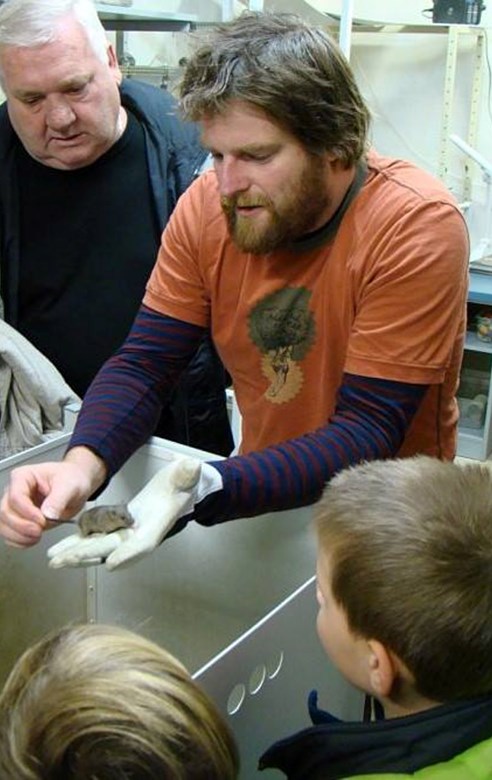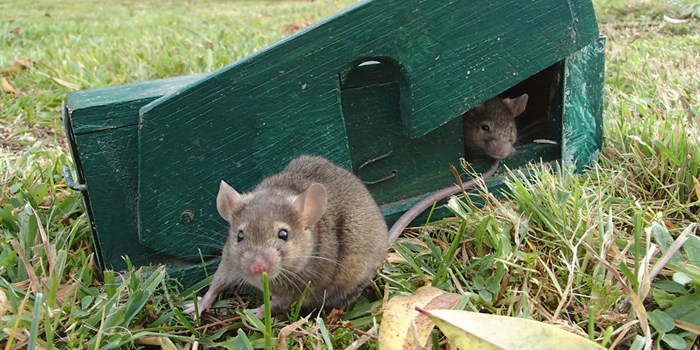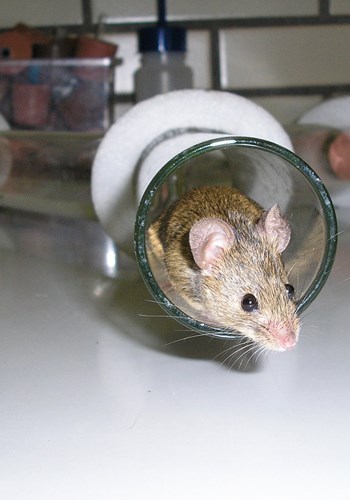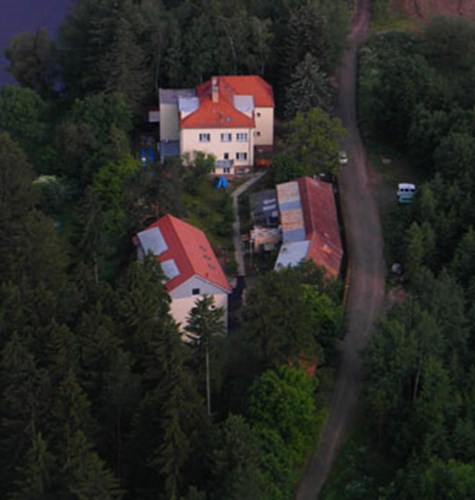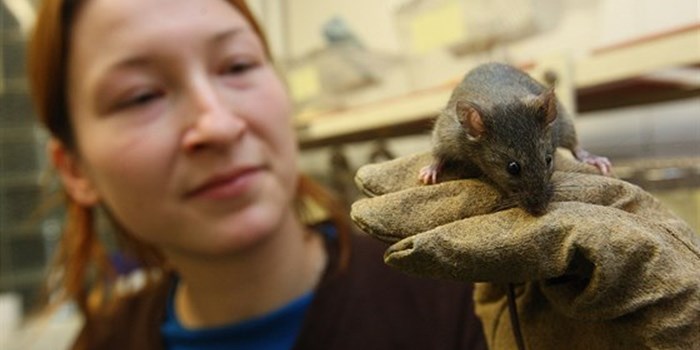Wild Derived Mouse Strains
Breeding Facility Studenec
What are Wild Derived Strains?
The research of the house mouse, which is the most used mammal model, is the reason for 26 Nobel Prize awards. The biggest producer of the mouse strains is Jackson Laboratory in the USA, having more than 200 classical laboratory strains (CLS) in their portfolio. However, the genetic variability of the CLS is limited thanks to the low number of the founder lineage. On the other hand, the strains derived from mouse captured in the wild (WDS) have high genetic variability.
The breeding facility, located in Studenec is the detached workplace of the Institute of Vertebrate Biology AV CR. This breeding facility have the biggest collection of WDS in the world. This unique collection was created by combining a large collection of strains developed since 2000 by the Institute of Vertebrate Biology with the WDS collection held since 1976 by Francois Bonhomme in France and strains developed in Germany since 2002 by Diethard Tautz. Currently, there are more than 90 strains derived from wild house mice (Mus musculus), but also strains derived from western Mediterranean mice (Mus spretus), steppe mice (Mus spicilegus) or Balkan short-tailed mice (Mus macedonicus).
The breeding facility is approved for keeping and delivering experimental animals (permit MZE-50151/2022-13143 for 2022-2027) and using experimental animals (MZE-50144/2022-13143 for 2022-2027).
View Strains